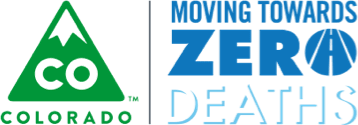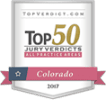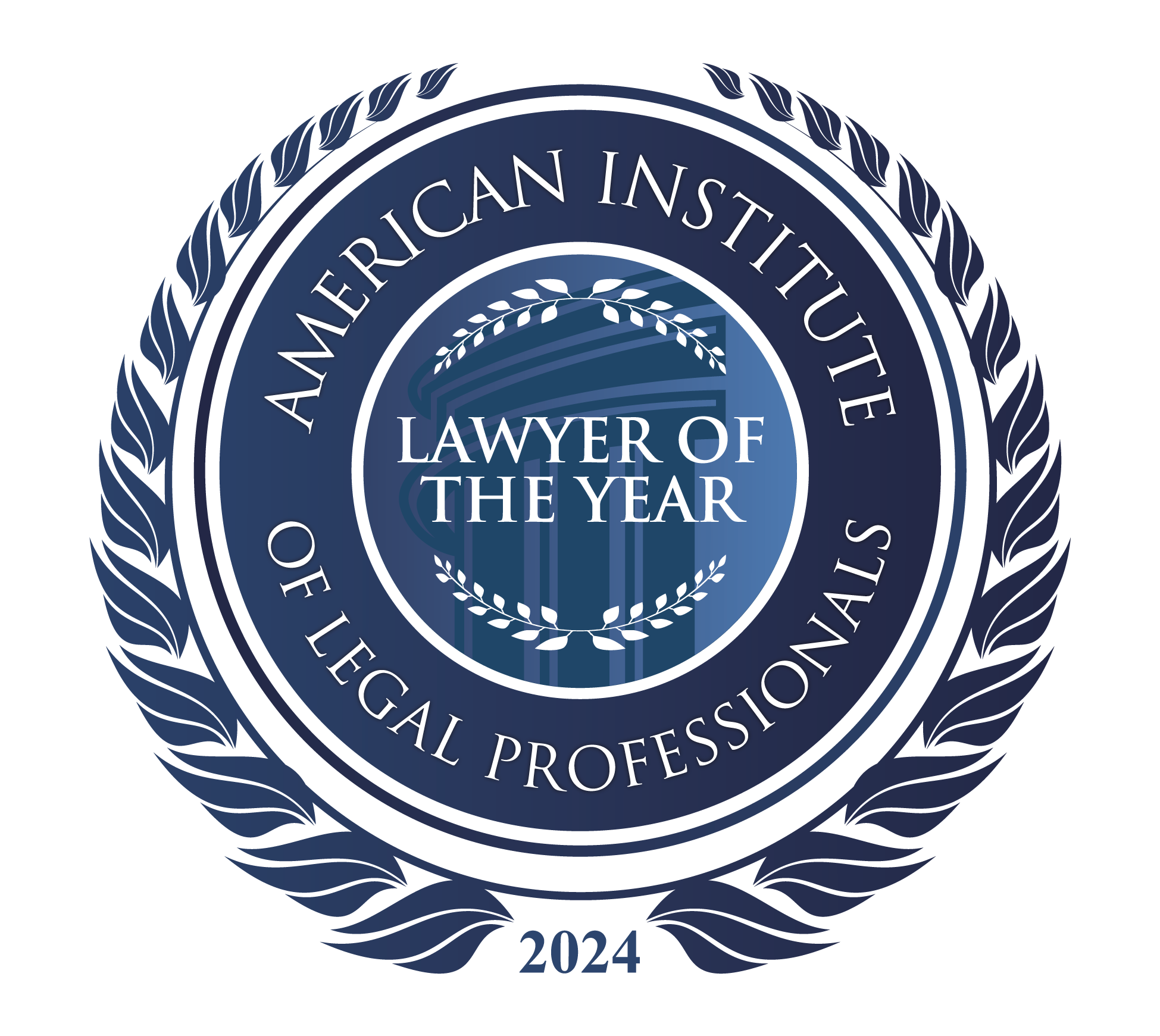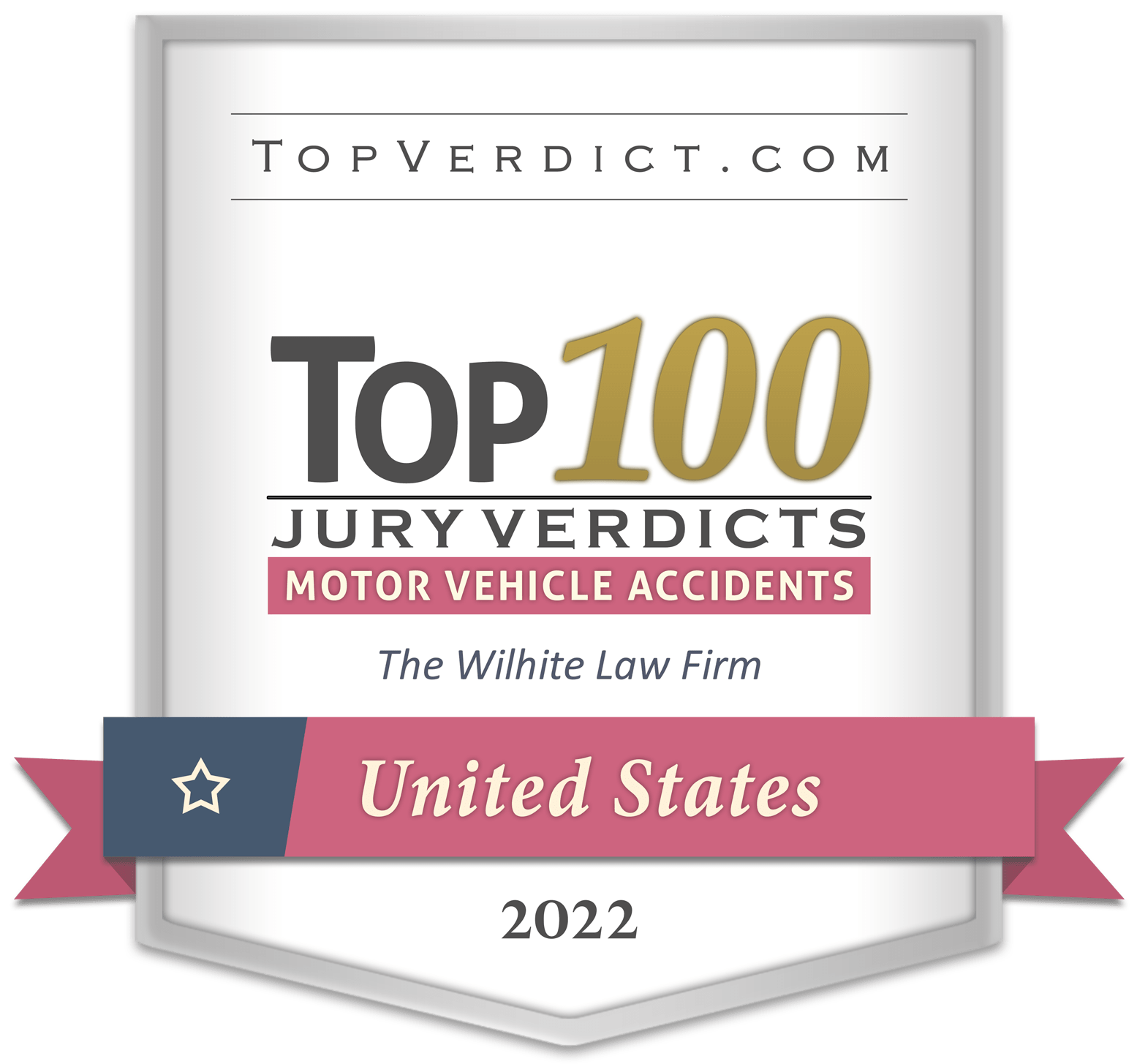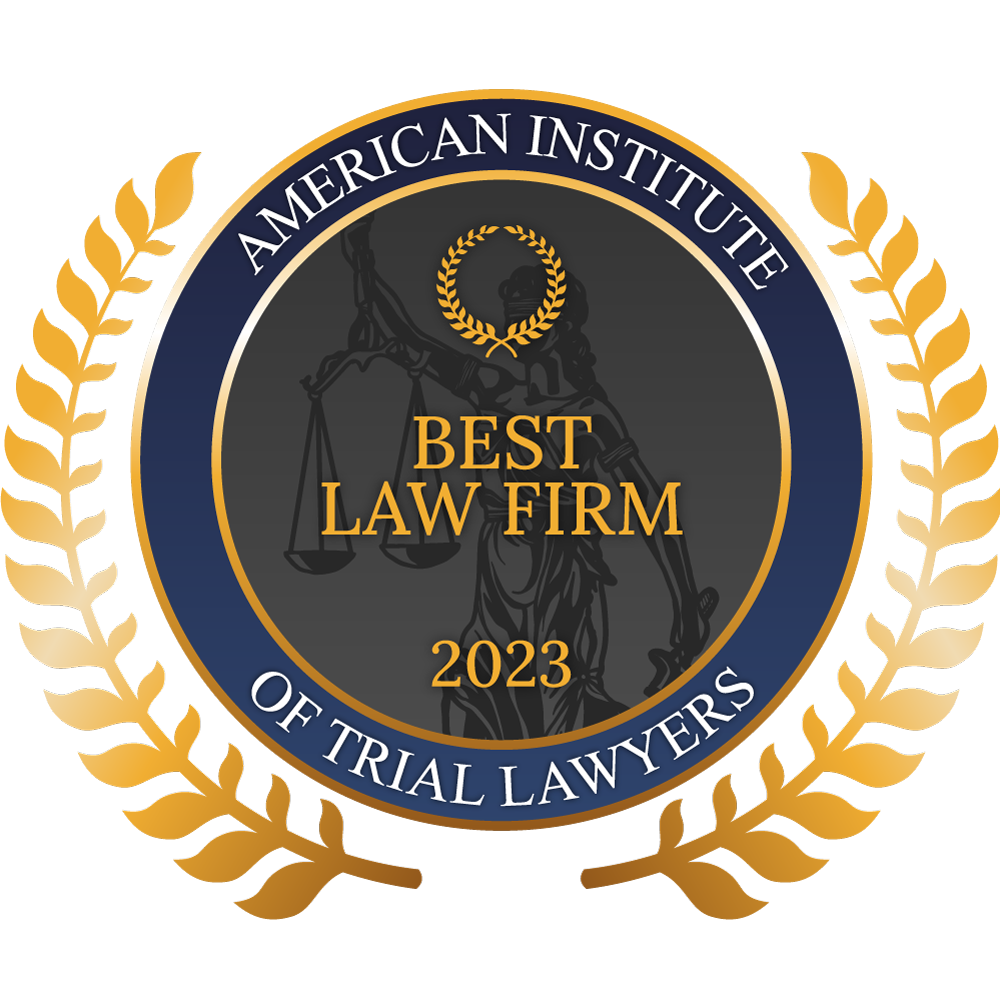Intersections are inherently risky, as they involve traffic meeting from multiple directions at once. Even so, some Dallas intersections are more hazardous than others. Here’s what you need to know about the most dangerous intersections in Dallas, Texas.
What Are the Top 5 Most Dangerous Intersections in Dallas?
Let’s take a look at the top five most dangerous intersections in Dallas based on the number of motor vehicle accidents that have occurred at each location in a recent five-year span.
1. I-635 and Skillman Street
In a five-year period, there were 256 accidents at this intersection of I-635 and Skillman Street, more than any other intersection in Dallas. This intersection involves intricate freeway structures with several layers of overpasses and underpasses. The surrounding area also has numerous commercial locations that attract a high volume of vehicle and pedestrian traffic, increasing the risk of accidents.
2. I-635 and Midway Road
The intersection of I-635 and Midway Road has been the site of 183 crashes in five years. This intersection is part of a major freeway interchange with service roads and multiple entry and exit ramps, which means complex and challenging traffic patterns. High-density residential areas and schools nearby increase local traffic congestion. This adds more points where accidents can occur, especially during rush hours.
3. TX-12 Loop and TX-348 Spur
The intersection of the TX-12 Loop and the TX-348 Spur saw 163 traffic collisions in a five-year span. This area features a complicated network of roads with multiple loops and direct connectors. The service roads alongside fast-moving highway lanes require close attention from drivers. Nearby commercial areas also mean more vehicle and pedestrian traffic to increase the likelihood of accidents.
4. I-30 and TX-12 Loop
This intersection between I-30 and TX-12 Loop saw 152 accidents over the five years. This interchange is a major freeway intersection with multiple lanes, including access roads and service roads, which can confuse drivers and contribute to preventable accidents. High-speed traffic from different directions and its location near commercial areas could also contribute to this intersection’s high crash rate.
5. Belt Line Road and Dallas Parkway
There were 137 accidents at the intersection between Belt Line Road and Dallas Parkway in a five-year period. This intersection features multiple lanes and heavy traffic because it’s close to numerous shopping centers, commercial establishments, and large apartment complexes. The mix of residential and retail spaces significantly increases the risk of accidents.
What Makes These Intersections So Dangerous?
These intersections are more dangerous than others due to a combination of factors. First, most of these intersections have high traffic volumes that increase the likelihood of accidents. When more vehicles, cyclists, and pedestrians use the same intersection, the chances of someone making a mistake increase. Contact our Dallas car accident attorney today.
Additionally, certain road designs can confuse drivers. Streets with unclear signs, multiple loops, or numerous entrances and exits can get complicated.
Limited visibility at some intersections can also lead to collisions by making it harder for drivers to see others on the road. This is a common problem at busy intersections surrounded by large buildings, overgrown trees, or other structures.
What Are the Common Causes of Intersection Accidents?
Intersections are critical traffic hubs where vehicles, pedestrians, and cyclists join, which means the risk of accidents is high. Common causes of intersection accidents in Dallas include:
- Running red lights or stop signs
- Speeding or driving too fast for the conditions
- Failure to yield the right of way
- Misjudging the distance of oncoming vehicles
- Distracted driving, such as texting while driving
- Turning without proper signaling
- Driving under the influence of alcohol or drugs
- Obstructed views due to parked vehicles or overgrown foliage
- Dangerous intersection design
- Malfunctioning traffic signals
- Incorrect lane usage during turns
- Drivers making illegal maneuvers, like unlawful U-turns
- Mechanical issues, such as brake failure
- Aggressive driving behaviors, like road rage
What Are the Most Common Accidents at Intersections?
Different types of intersection accidents result from various scenarios. The following types of collisions are common in Dallas intersections:
- Rear-end accidents – These wrecks happen when one vehicle crashes into the back of another. This can occur at an intersection if a driver doesn’t stop in time when the vehicle ahead of them slows down or stops due to traffic signals or congestion.
- T-bone collisions – Also known as side-impact collisions, these occur when the side of one vehicle gets hit by another. This type of accident commonly occurs at intersections when one driver fails to yield the right of way.
- Sideswipe crashes – These happen when the sides of two parallel vehicles collide or scrape against each other. Sideswipe crashes can occur in intersections when drivers try to change lanes or misjudge how much space they need while turning.
- Head-on collisions – This type of accident occurs when the fronts of two vehicles hit each other. While less common in intersections, they can happen in scenarios where a driver fails to yield the right-of-way or mistakenly drives the wrong way down a one-way street.
- Pedestrian accidents – These wrecks involve a vehicle colliding with someone on foot. Pedestrian accidents often occur in intersections when drivers or pedestrians disregard traffic signals or when drivers don’t see pedestrians crossing the road.
What Injuries Occur Most Often from Intersection Accidents?
Intersections are high-risk areas where vehicle occupants, cyclists, and pedestrians can sustain severe car accident injuries, such as:
- Whiplash
- Concussions
- Fractures
- Dislocations
- Spinal injuries
- Traumatic brain injuries
- Internal bleeding
- Crush injuries
- Amputations
- Burns
- Nerve damage
- Herniated discs
- Pelvic injuries
- Eye injuries
- Facial fractures
- Dental injuries
- Soft tissue injuries
- Psychological trauma
How Can I Prevent Being in an Intersection Accident in Dallas?
By staying alert and following some straightforward safety tips, you can reduce your risk of being in a Dallas intersection accident. Here’s what you should do to keep yourself safe:
- Always obey traffic signals and signs.
- Check for oncoming traffic before going through an intersection.
- Use turn signals well before making a turn.
- Keep a safe distance from the vehicle in front of you.
- Stay alert for pedestrians and cyclists, especially in crosswalks.
- Avoid distractions, such as texting or talking on the phone while driving.
- Slow down when approaching and crossing intersections.
- Follow speed limits and adjust your speed based on weather conditions.
- Yield the right of way when necessary.
- Ensure your vehicle’s brakes and signals are functioning properly.
- Be especially vigilant during peak traffic hours.
- Double-check for cars running red lights before moving on green.
- Consider alternate routes if your path takes you through dangerous intersections.
Contact a Texas Car Accident Lawyer
If you have been in an intersection accident in Dallas, The Wilhite Law Firm is here to answer your questions and help you with your case. Contact us today for a free initial consultation to learn more about your right to seek compensation.








